When a Lump Under Your Skin Could Be a Warning Sign
Your skin isn’t just there to protect you—it can also offer clues about what’s happening inside your body. So when you notice a large, unusual bump under your skin—especially on areas like your shoulder, back, or arm—it can be concerning. While many of these lumps are harmless, some may point to underlying health issues that shouldn’t be ignored.
Here’s a straightforward guide to help you understand what these lumps could mean, when they’re no big deal, and when it’s time to see a doctor.
What Could a Large Lump Under the Skin Mean?
If you’ve noticed a raised, round bump that appeared suddenly or has been slowly growing, here are some of the most common causes:
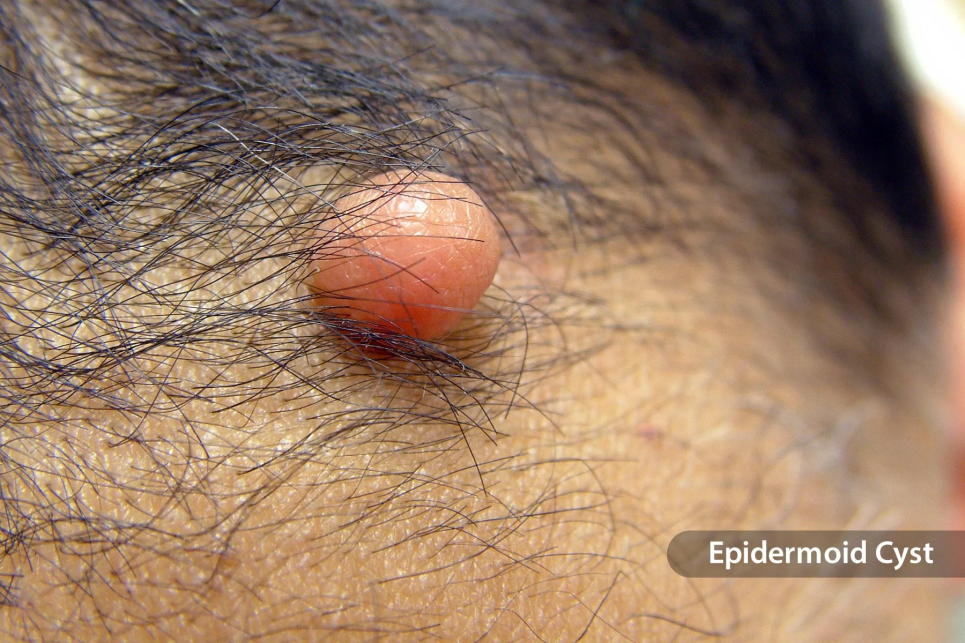
1. Abscesses
An abscess is a painful, pus-filled lump caused by a bacterial infection.
-
What it looks like: Red, swollen, and warm to the touch
-
Symptoms: Pain, fever, tenderness
-
Why it matters: Infections can spread if untreated
-
Treatment: Usually drained by a doctor and treated with antibiotics
2. Sebaceous or Epidermoid Cysts

These are small, non-cancerous growths caused by blocked oil glands.
-
What it looks like: Skin-colored or slightly yellow, round, and firm
-
Symptoms: Typically painless and slow-growing
-
Why it matters: May get infected or inflamed
-
Treatment: Often left alone unless bothersome or infected
3. Lipomas
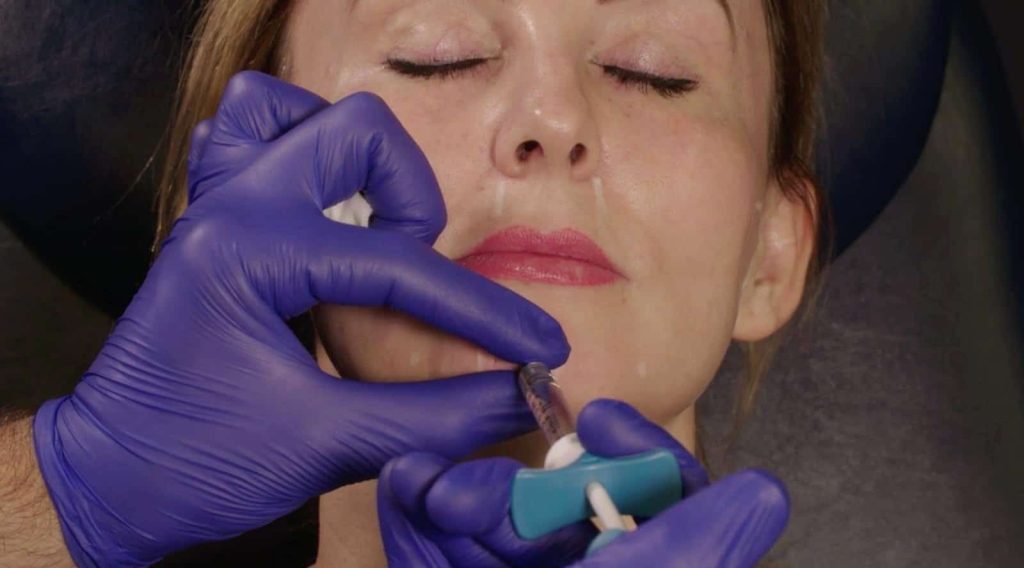
These are soft, fatty lumps that grow slowly under the skin.
-
What it looks like: Soft, movable, and painless
-
Symptoms: Usually none
-
Why it matters: Generally harmless, but large ones can be uncomfortable
-
Treatment: Can be removed if desired
4. Boils and Carbuncles
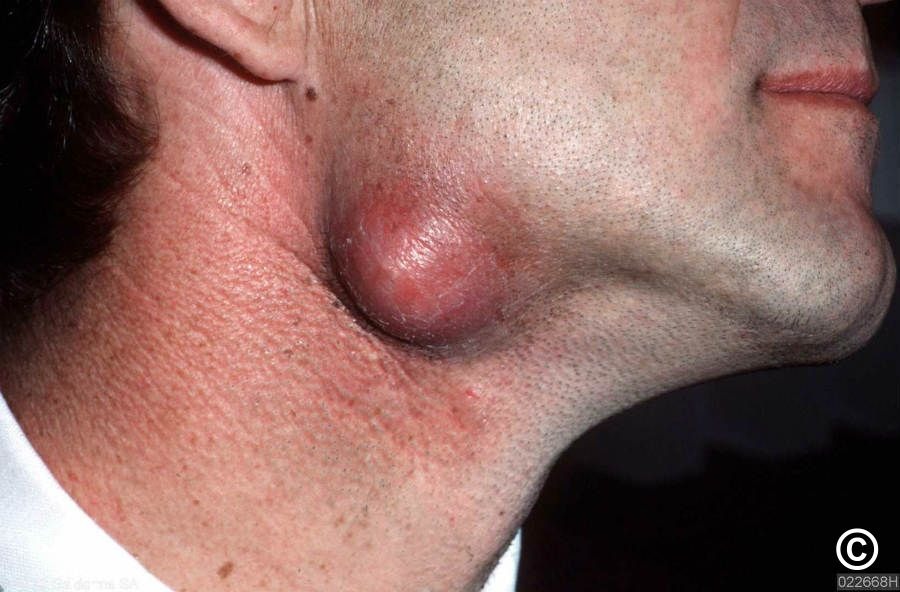
These are deep infections in hair follicles caused by bacteria.
-
What it looks like: Red, swollen, and may develop a pus-filled center
-
Symptoms: Pain, fever in severe cases
-
Why it matters: Can spread or form clusters (carbuncles)
-
Treatment: Warm compresses, drainage, and antibiotics
5. Soft Tissue Tumors
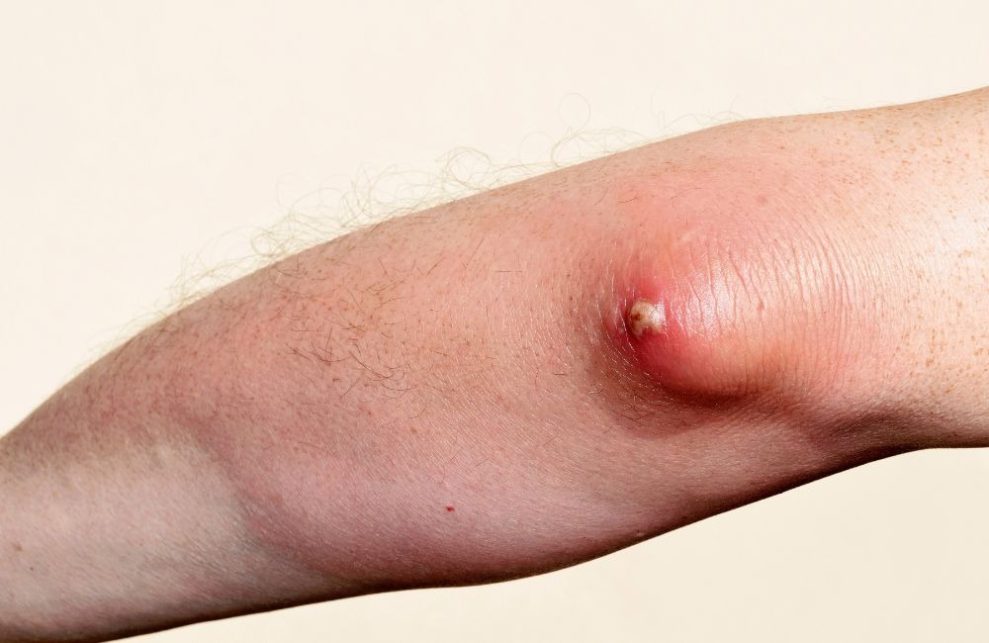
Most are benign, but some could be cancerous.
-
What it looks like: Firm or rubbery, deep under the skin
-
Symptoms: Often painless but slowly growing
-
Why it matters: Some may require biopsy or removal
-
Treatment: Diagnosis through imaging or biopsy, followed by specialist care if needed
Signs You Should See a Doctor
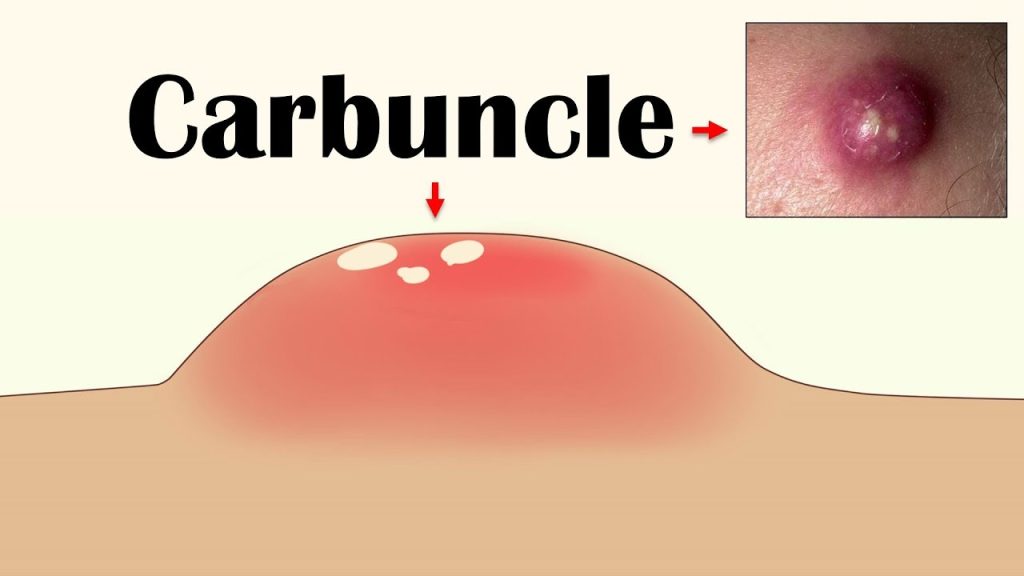
While not every lump is dangerous, certain signs call for prompt medical attention:
-
Rapid growth over days or weeks
-
Pain or tenderness
-
Redness, heat, or pus
-
Fever, fatigue, or swollen lymph nodes
-
Skin color or texture changes
-
Lump keeps coming back
These may be signs of infection—or something more serious, like cancer.
What Could Happen If You Ignore It?
Leaving a skin lump untreated can lead to problems like:
-
Infection spreading under the skin (cellulitis)
-
Ruptured abscesses that leave scars or deeper infections
-
Cysts that grow and press on nearby tissues
-
Missing the early signs of a tumor
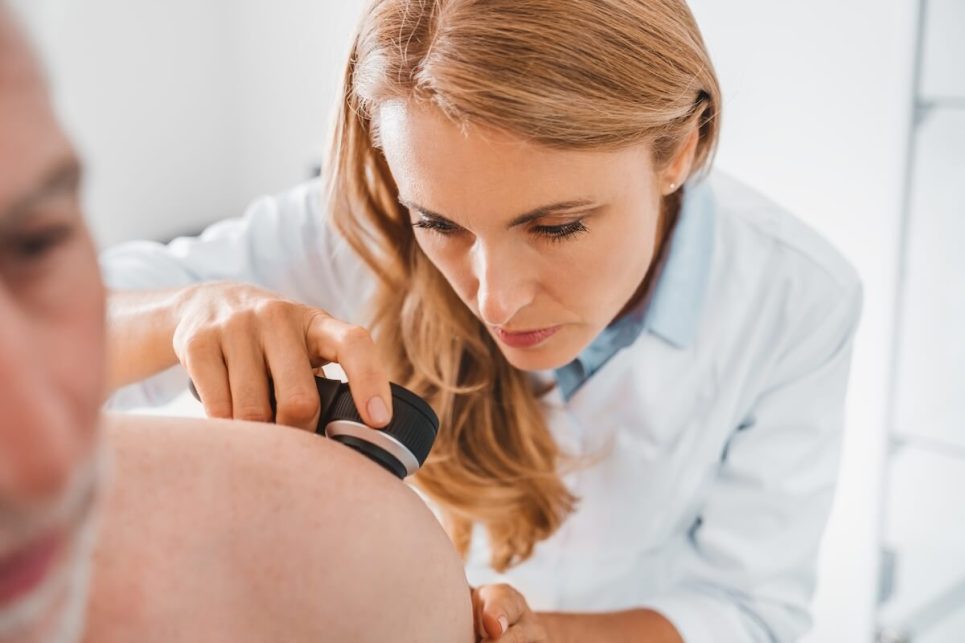
What To Do If You Notice a Lump
-
Don’t try to squeeze or pop it
-
Avoid using home remedies unless you know what it is
-
See a dermatologist or primary care provider
-
Ask about imaging tests like an ultrasound
-
Don’t ignore it—even if it starts to feel better
How Doctors Diagnose Skin Lumps
Your doctor may:
-
Examine it by touch and sight
-
Use an ultrasound or MRI to check what’s inside
-
Run blood tests for signs of infection
-
Perform a biopsy if there’s a concern about cancer
Catching the issue early makes treatment easier and more effective.
Tips to Help Prevent Skin Lumps
-
Practice good hygiene to lower your risk of infections
-
Wear breathable, non-restrictive clothing
-
Treat minor cuts and injuries right away
-
Keep an eye on your skin and report any changes
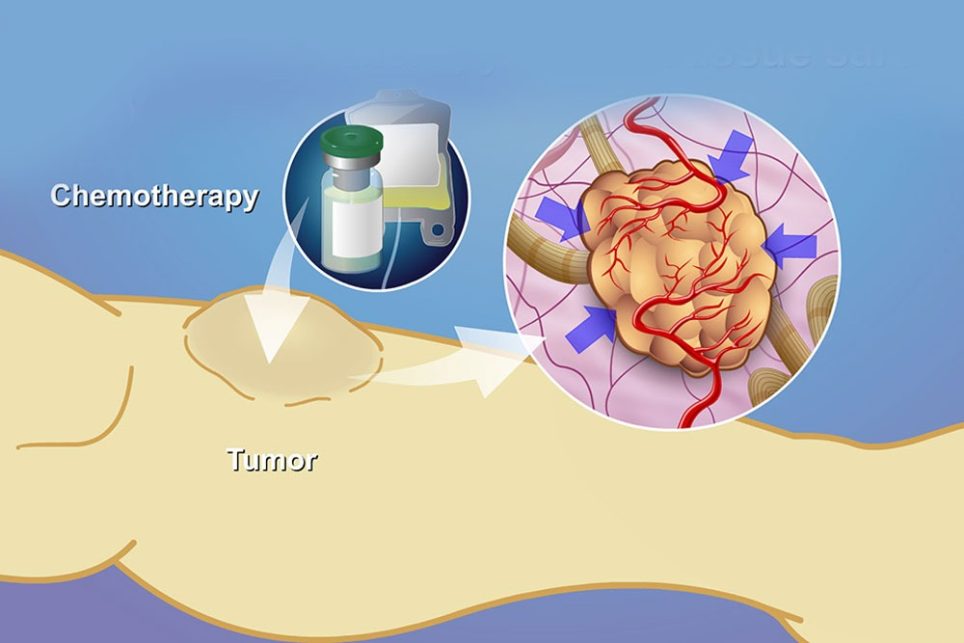
Final Takeaway
Not all skin lumps are dangerous—but they’re never something to ignore. If you find a firm, painful, or growing lump under your skin—especially on your back, shoulder, or arm—get it checked out. A quick visit to the doctor could prevent complications and give you peace of mind.
Your skin might be telling you something. It’s always better to listen early than regret waiting too long.





